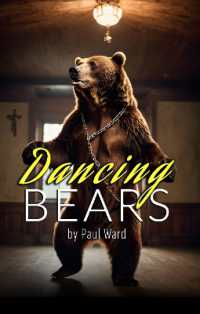- ホーム
- > 洋書
- > 英文書
- > Performing Arts
Full Description
George Balanchine's arrival in the United States in 1933, it is widely thought, changed the course of ballet history by creating a bold neoclassical style that is celebrated as the first American manifestation of the art form. In Making Ballet American, author Andrea Harris challenges this narrative by revealing the complex social, cultural, and political forces that actually shaped the construction of American neoclassical ballet. Situating American ballet within a larger context of modernisms, the book examines critical efforts to craft new, modernist ideas about the relevance of classical dancing for American society and democracy. Through cultural and choreographic analysis, it illustrates the evolution of modernist ballet during a turbulent historical period. Ultimately, the book argues that the Americanization of Balanchine's neoclassicism was not the inevitable outcome of his immigration or his creative genius, but rather a far more complicated story that pivots on the question of modern arts relationship to America and the larger world.
Contents
Introduction
1. Modernism and American Ballet
Interchapter 1. Americana Ballet I: Billy the Kid
2. Lincoln Kirstein's Social Modernism and the Cultural Front
Interchapter 2. Americana Ballet II: Rodeo
3. Edwin Denby's Objectivist Modernism and the New York School
Interchapter 3. Americana Ballet III: Western Symphony
4. The Making of an American Ballet Institution in Europe in the Cultural Cold War
Conclusion: "We drink the health of the guy that died."
Bibliography
Index







